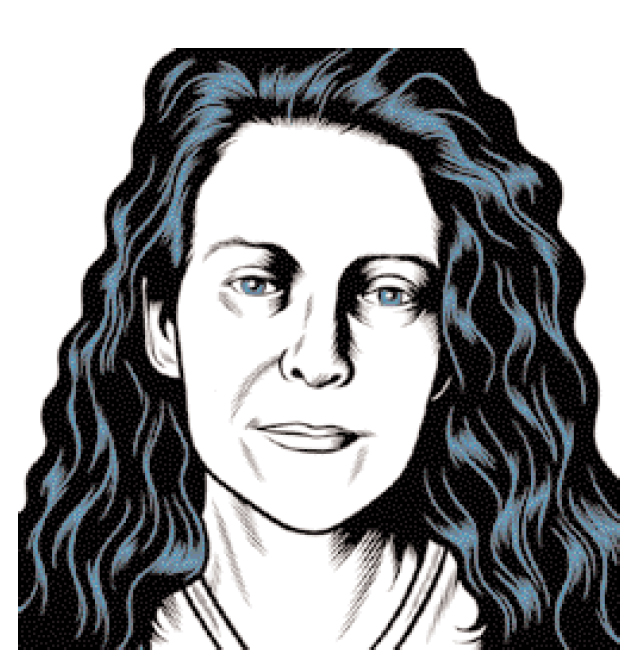Eve Sussman, the woman behind this year’s Whitney Biennial darling, 89 Seconds at Alcazar, has just returned home from Athens, Greece, where she and two collaborators (Claudia de Serpa Soares and Jeff Wood) auditioned two hundred people in a four-day casting frenzy. Sussman’s most recent project (working title: Raptus) is inspired by Jacques-Louis David’s painting, the Intervention of the Sabine Women, much as her acclaimed 89 Seconds video paid tribute to painter Diego Velazquez’s Las Meninas. After folding the newest Greek cast members into their expanding, intergenerational, transnational pack of performers and artists, Sussman and her co-conspirators moved through Greece for three weeks under the evolving entity of the Rufus Corporation. In her own manifesto/press release, she states:
The Rufus Corporation, a band of itinerant actors, artists, dancers, musicians now totaling twenty-two—having added twelve performers, two horses, an opera singer and a cowboy to their ranks—ascend two hours to Episkopi… in the mountains of Hydra, to the estate of the late cigarette mogul, Papastratos, who graciously abandoned his summer home in the late sixties leaving a perfect time capsule and testament to the glory days of the Athenian entrepreneurial class… as if anticipating the arrival of a group of wandering bards in the early part of the twenty-first Century.
—From “What Is the Rufus Corporation
and Who Are the Sabine Women?”
We met in her home/studio, a large, open space overlooking the Wallabout Channel in Williamsburg, Brooklyn, where we discussed her work-in-progress. While talking to her about her developing opera-cum-musical, I flashed between images from various black-and-white Greek musicals I watched day after day while visiting Athens in the mid-nineties. Sussman hadn’t seen any Greek movies from this era, but was assiduously culling ideas from other cinematic influences, along with architectural, musical, operatic, sculptural, and (once again) painterly sources.
—Suzanne Snider
I.“PEOPLE HAVE WHAT THEY SAY IS A NORMAL CONVERSATION BUT TO ANYONE WHO DOESN’T SPEAK GREEK, IT SEEMS LIKE THEY’RE HAVING A FIGHT.”
THE BELIEVER: Is it a tragedy?
EVE SUSSMAN: Yeah, probably it is. The new piece is based on the myth of the Sabine women. These women are stolen from these men and the men go back to create a war to win back their women. And instead of going back to their homeland, these women just separate the two groups of men, and in some ways that act’s pretty confounding. In the group dynamic that we had [in Athens], the men did form into packs, and the women were sort of filtering between and that just happened socially. You watch it as a strange psychological and sociological study of what happens when you put...
You have reached your article limit
Sign up for a digital subscription and continue reading all new issues, plus our entire archives, for just $1.50/month.
Already a subscriber? Sign in





